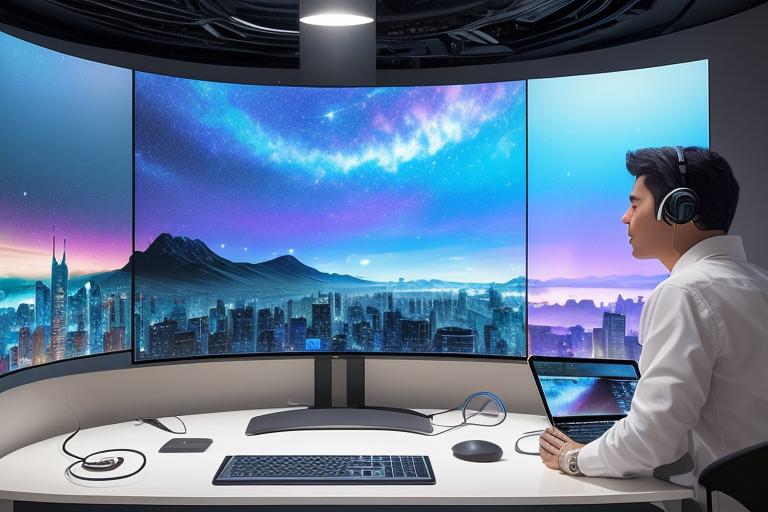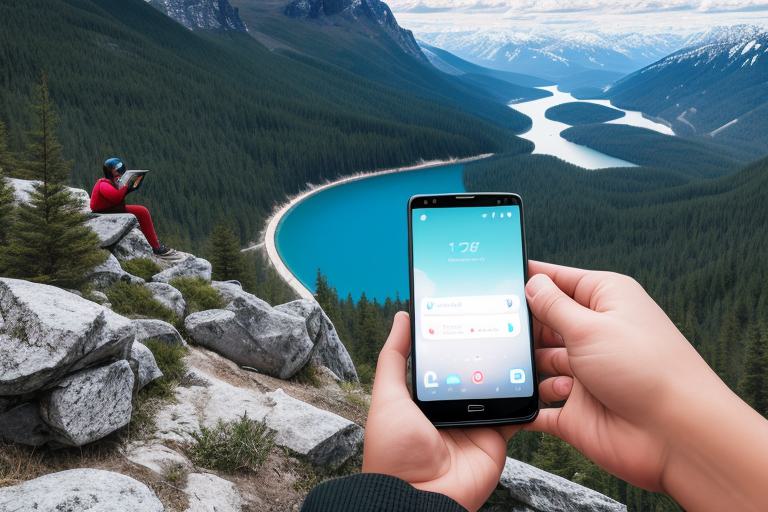As technology continues to evolve rapidly, mobile devices’ capabilities have constantly improved, and their potential for redefining our lives has too. One significant area of development has been the integration of virtual reality into mobile devices. The idea of virtual reality on mobile devices is probably an entirely new world for many people, and most often, their thoughts are left to their imaginations.
Virtual reality on mobile devices refers to the experience of artificial or replicated images that constitute a 3D virtual environment, which users can explore in real-time. Unlike conventional devices that function independently whenever they are used, VR on mobile devices requires users to connect them via several applications, and accessories such as headsets. The device creates a unique, immersive experience for users, effectively giving them the perception of physically being inside the virtual world.

Several applications provide support for VR on mobile phones, mostly accessible on Google Play Store and iOS App Store. Some of these apps range from entertaining 3D graphics cards to medical industrial features such as learning space association in professional training. Apps such as Insasity and YouTube VR, for instance, create helpful educational and ultra-immersive videos leagues ahead of plain video-stream clips, providing learners with authentic settings designed to immerse them in the VR learning experience.
Probably, the most critical and outstanding feature of VR is that it redefines clients’ belief in interactive technology such as games, video production, photography, animation, and so forth. Games take users on an unparalleled gaming journey fashioned with vivid graphical representations which completely obscure familiar worlds substituted with new realities splashed with immersion and pace, changing life and travel experiences via stunningly immersive cameras and engineering along the contours of user bioactivity.

Virtual reality for mobile devices in recent years received different change codes.
Mobility has necessitated the production of specific compact sample communities where even marketers speed their address deal findings back into respective sectors. The virtual exhibition takes as prominent positions in the trade scene with some of them tailored to yield new meeting network introduction, operational judgment projects transfer, “be-you” brand experience development, and ultra-deep study diversification exposure functionalities.
These exceptional modifications delight users, engineers, and stakeholders alike. Popular app and hardware manufacturer Apave has released details at the annual consumer show at WGT, the launching this year 201+ of the first-ever precise pressure sensitive wearable devices aimed to compete directly, and corner the market on the popular VR products primarily in industrial-modern materials. Market competitor Mobile Amaze released considerable promotion space through advancing its game and design clubs, throwing regular Indie PC and Consolvable developer open events to facilitate intensive idea swapping and transforming the possibilities of mobility among industry stake associates.
Finally around the new normal that Covid 19 has mandated such apps remain ever distance-limit accepting and considering corporate meetings likewise must keep taking place while being redesigned to meet everyday privacy compliances as any persons accustomed to these functionalities. It will indeed be interesting to see where future brilliance lies as technological marvels advance over time significantly changing our daily experience both going out and just being stakeholders.


